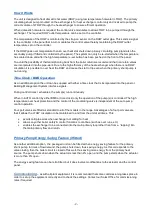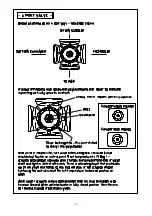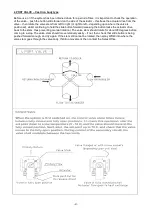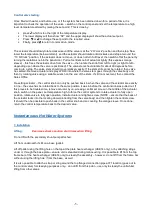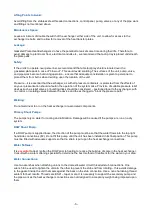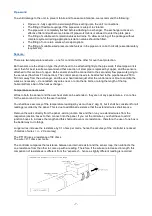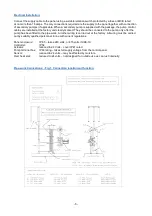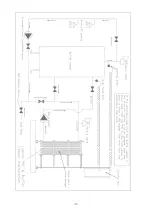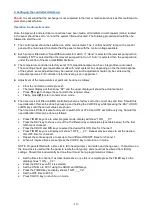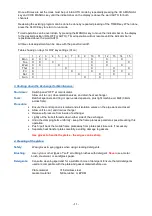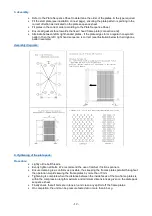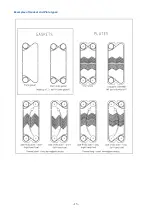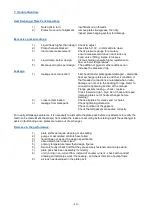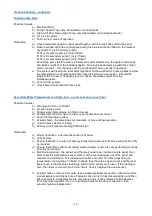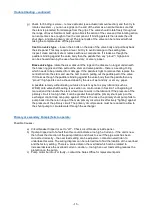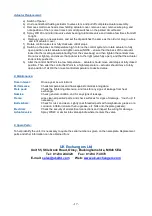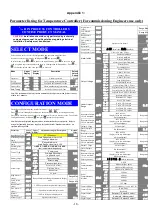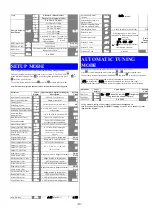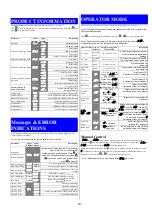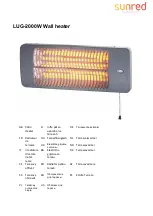
-14-
7. Trouble Shooting:
Heat Exchanger Plate Pack Assembly:
1)
Nuts tight to turn:
insufficient oil on threads
2)
Plates move out of alignment:
remove plates & degrease, then dry.
inspect plate hanging system for damage.
Excessive pressure drops:
1)
Liquid flows higher than design: Check & adjust
2)
Plate channels blocked:
Back flush, C.I.P., or dismantle to clean.
3)
Inaccurate measurement:
Check pressure gauge for accuracy
ensure measurement does not include any
bend, valve / fitting, & pipe run losses.
4)
Liquid temp. below design:
Viscous media generate higher resistance to
flow at lower temperatures.
5)
Media used not as per design: The addition of glycol or other additives can
increase the pressure drop.
Leakage:
1)
leakage near connection:
First heat transfer plate gasket damaged – dismantle
heat exchanger plate pack, and check condition. If
the threaded connections are rotated when in situ,
damage can occur to the backing O-rings. Refer to
connection tightening section of the manual.
Flange gaskets leaking – check / replace.
Crack in weld at joint – Dye Pen. Check and repair
(remove plates out of heat exchanger before
welding).
2)
cross contamination:
Check all plates for cracks and / or holes.
3)
leakage from plate pack:
Check tightening dimension
Check condition of the gaskets.
Check that all gaskets are seated correctly.
For nearly all leakage problems, it is necessary to dismantle the plate pack before any attempts to rectify the
fault can be made. Mark the area(s) from where the leaks are occurring before taking apart the exchanger to
assist in fault finding once plates are taken out of exchanger.
Decrease in the performance:
1)
plate surfaces require cleaning or de-scaling.
2)
pumps or associated controls have failed.
3)
liquid flows not as per the design specification.
4)
associated boiler under sized.
5)
primary temperature lower than design figures.
6)
Sensors faulty (check first that they are securely fastened around pipe work).
7)
plate pack has been assembly incorrectly.
8)
unit running in co-current flow, instead of counter current - check with contract
drawing and alter pipe work if necessary., and check direction of pump flows.
9)
air lock has developed in the plate pack.


